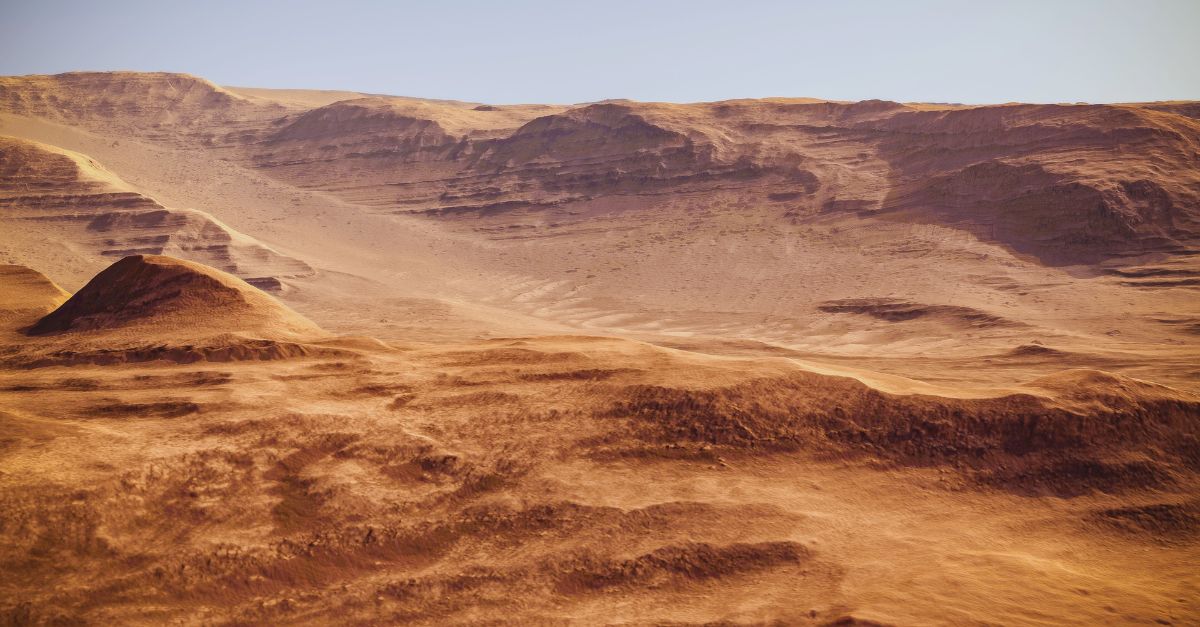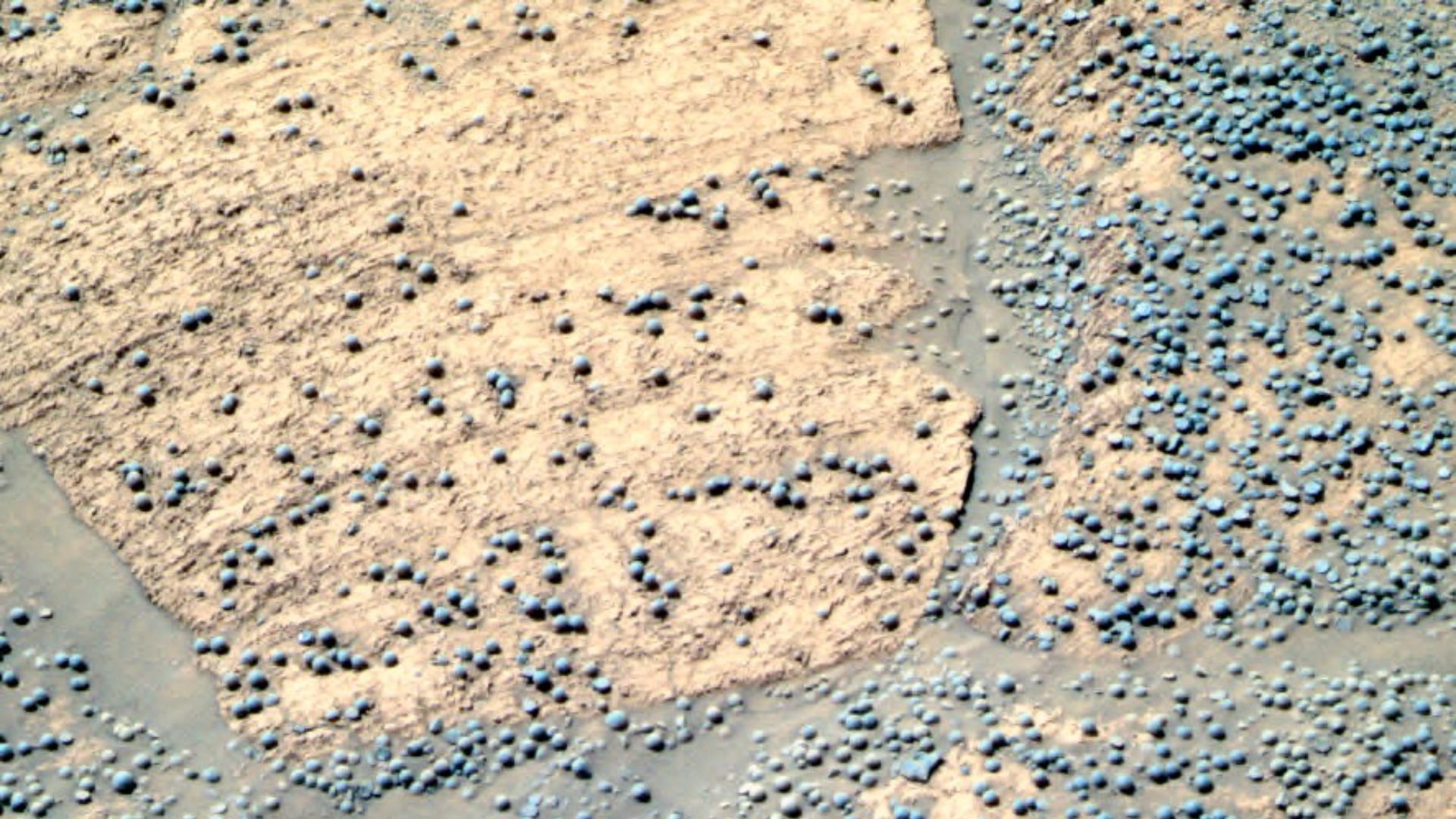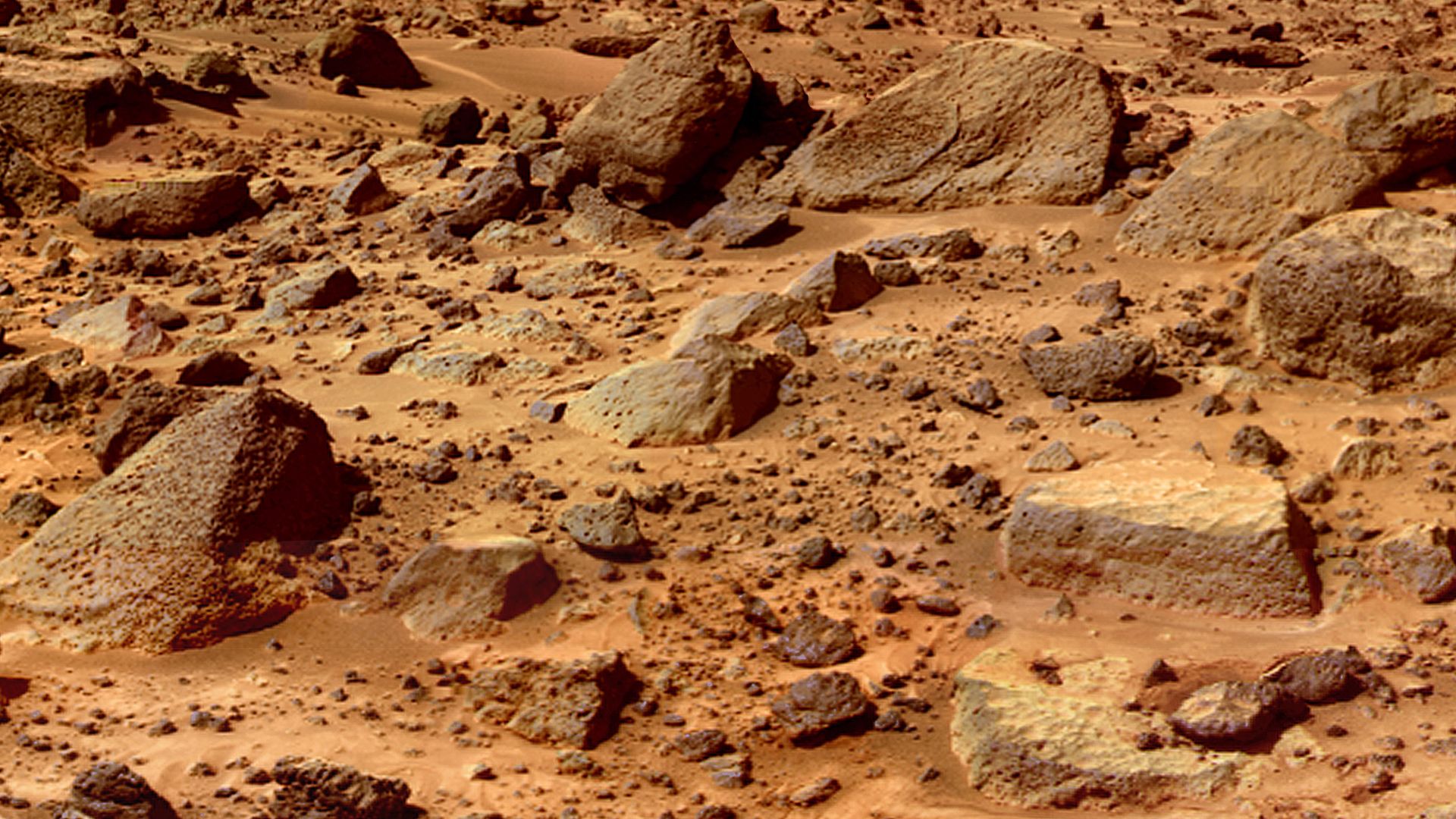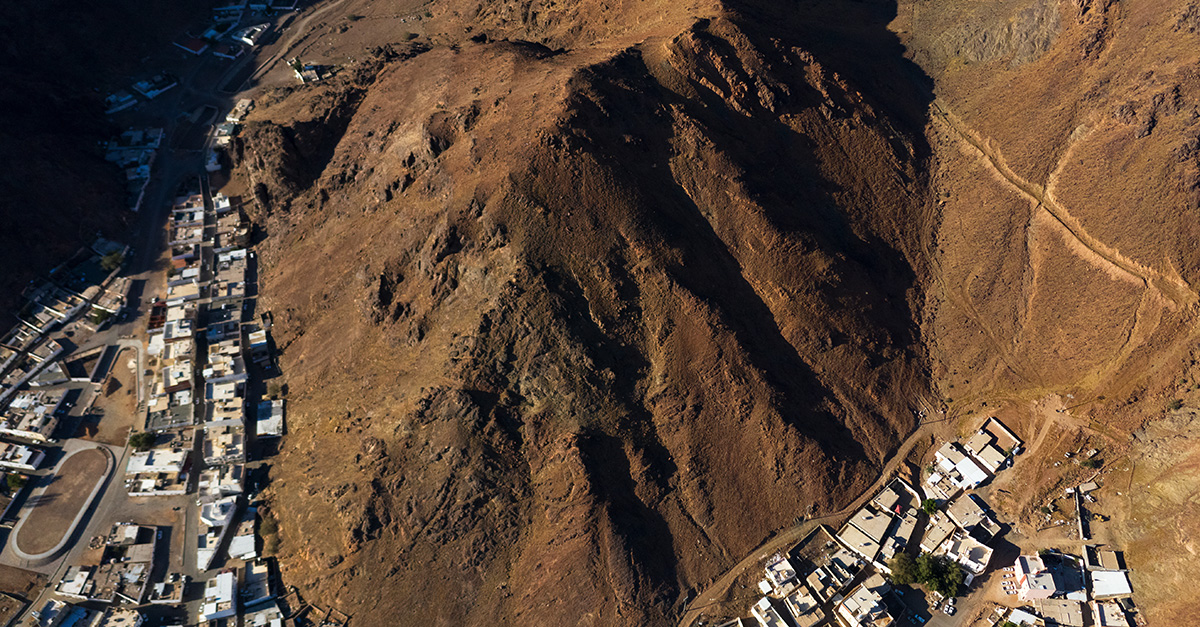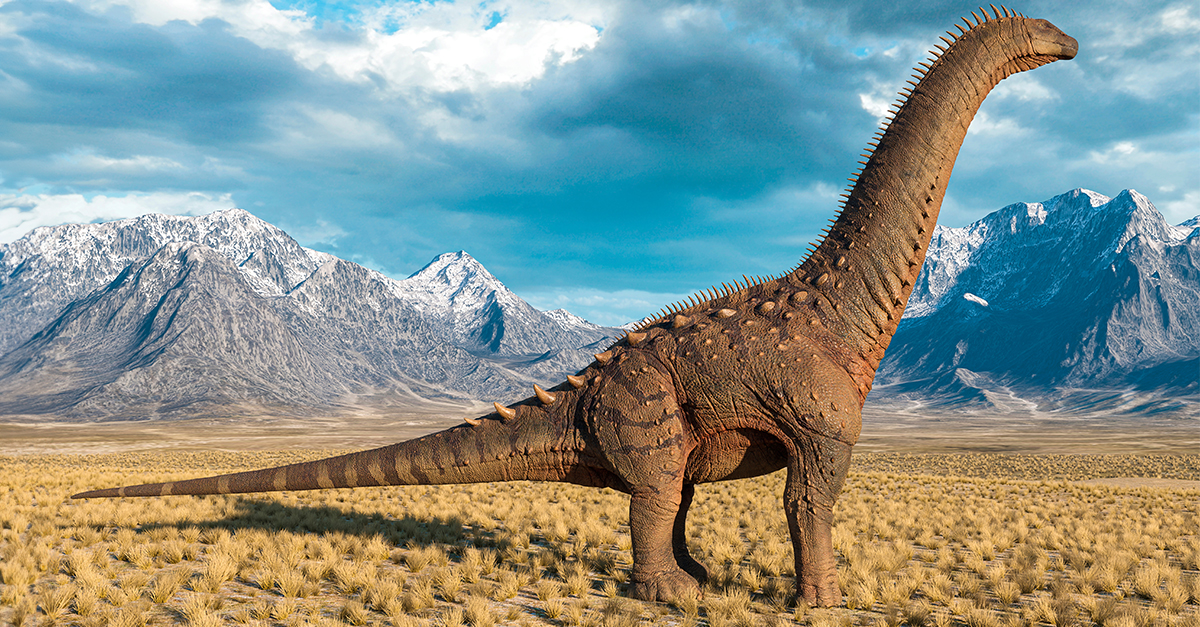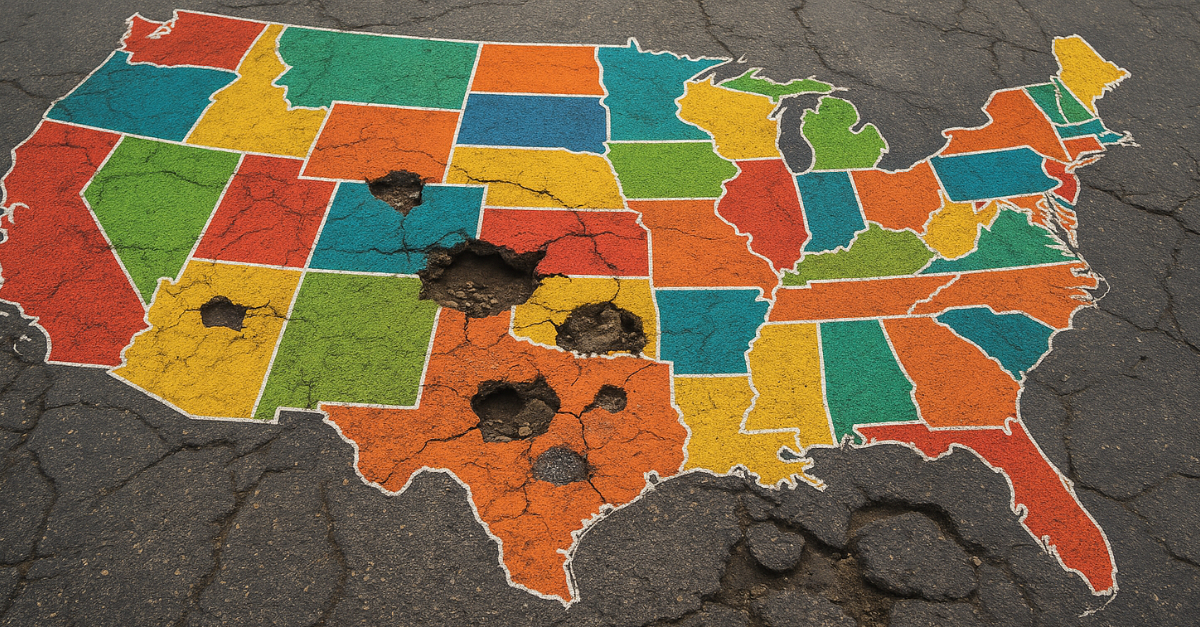The Planet That Won’t Sit Still
Mars keeps throwing curveballs. Just when it seems mapped and measured, something strange pokes out of the rock. It’s as if the planet has been keeping a record of water existing this whole time.

Ancient Riverbeds Carved Through Iron-Rich Sediments
Mars once had rivers that carved deep channels through its iron-rich terrain. In 2012, NASA’s Curiosity rover found evidence in Gale Crater of ancient streambeds shaped by flowing water. These formations suggest Mars once supported liquid water for extended periods, hinting at a potentially habitable past.
 NASA/JPL-Caltech/ESA/DLR/FU Berlin/MSSS, Wikimedia Commons
NASA/JPL-Caltech/ESA/DLR/FU Berlin/MSSS, Wikimedia Commons
Layered Buttes Resembling Earth’s Grand Canyon Walls
Startlingly similar to Arizona’s Grand Canyon, Mars features towering buttes and mesas that reveal layers of climate change. Each layer contains minerals like hematite, which forms in water-rich environments. These small, spherical “blueberries” are vital. They hint at Mars once hosting water.
Crater Walls That Reveal Unexpected Ice Deposits
Ice in Mars’s mid-latitudes? Yes, indeed. In 2008, the Phoenix Lander uncovered slabs of water ice beneath a thin dusting of Martian soil. Later, HiRISE imagery showed bright streaks on crater walls, ice peeking through like secret letters from Mars’s cold heart.
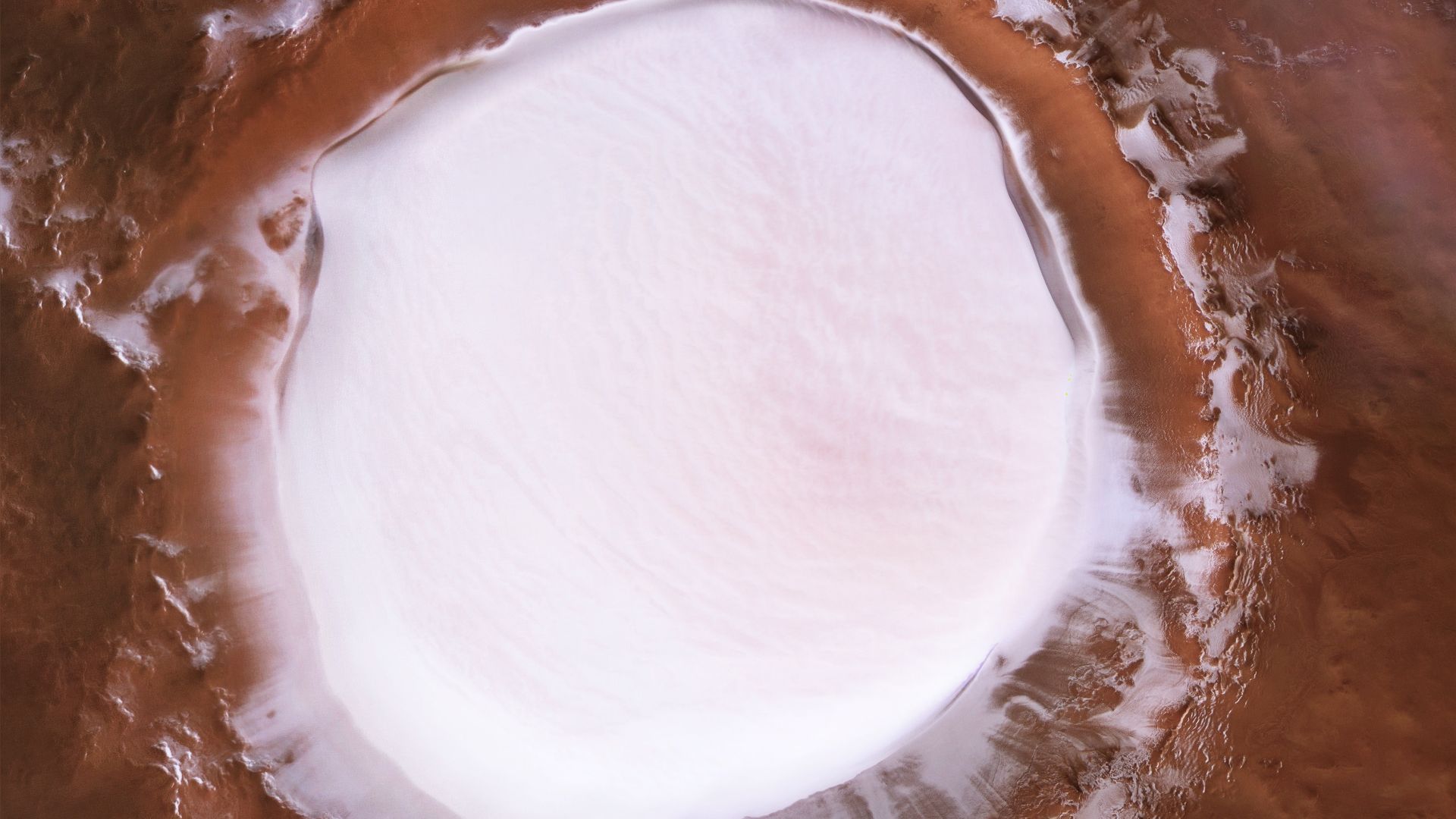 ESA/DLR/FU Berlin, Wikimedia Commons
ESA/DLR/FU Berlin, Wikimedia Commons
Sulfur-Rich Ridges Suggesting Volcanic And Hydrothermal Activity
Twisting through mountainous valleys, sulfur-heavy ridges betray a violent past. These areas resemble hydrothermal vents on Earth’s seafloor, where lava once collided with water to create life-spawning conditions. Sulfates like jarosite lie scattered here, famously mentioned in The Martian Chronicles, as the minerals that defy lifelessness.
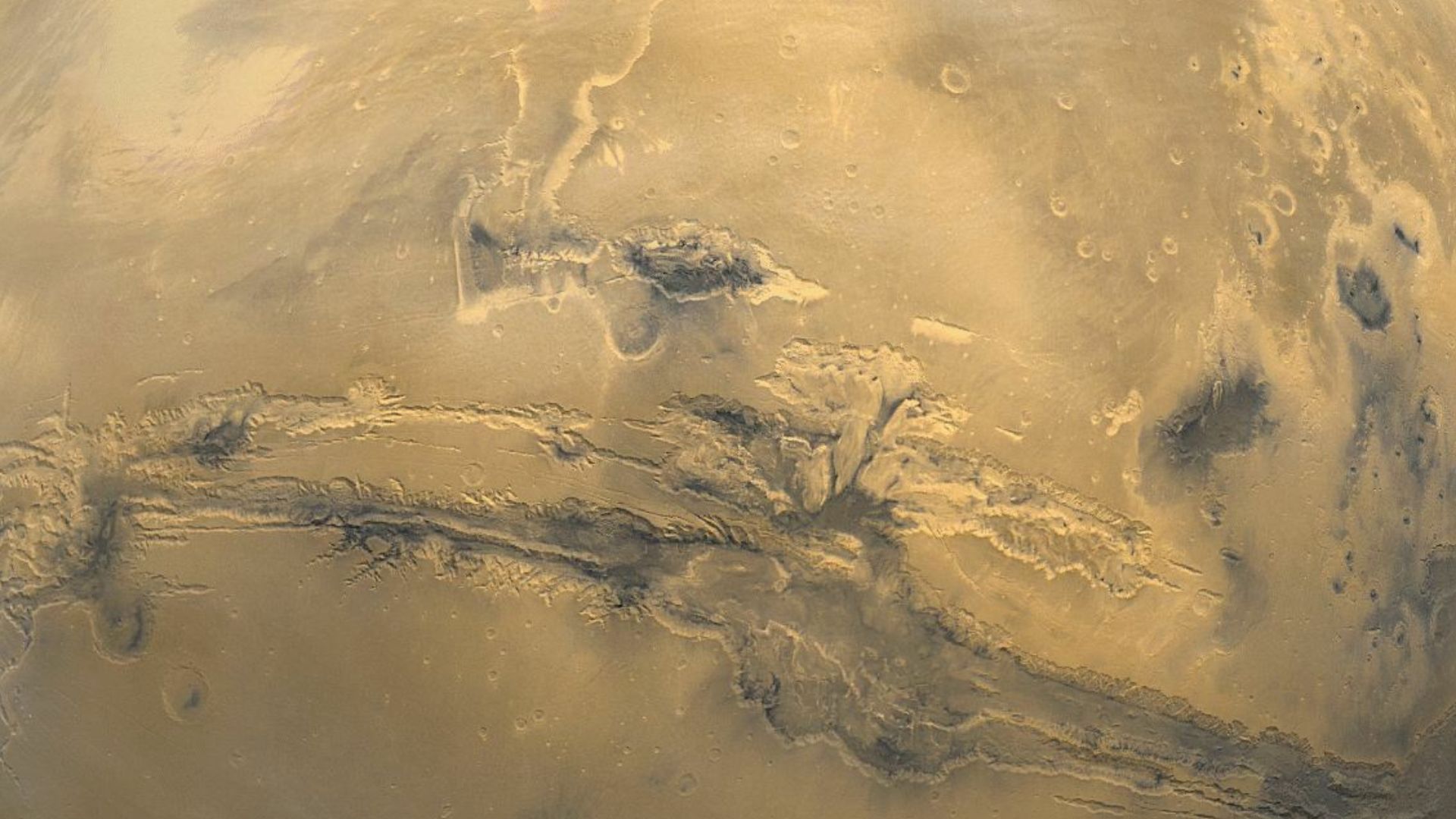 NASA / USGS (see PIA04304 catalog page), Wikimedia Commons
NASA / USGS (see PIA04304 catalog page), Wikimedia Commons
Mineral Veins Filled With Crystalline Gypsum
In December 2012, NASA’s Curiosity rover detected bright white veins of calcium sulfate, including gypsum—a mineral that only forms in neutral liquid water. This discovery suggested that some Martian water was not acidic. Unlike Mars’s more corrosive past environments, Yellowknife Bay’s geology tells a peaceful story.
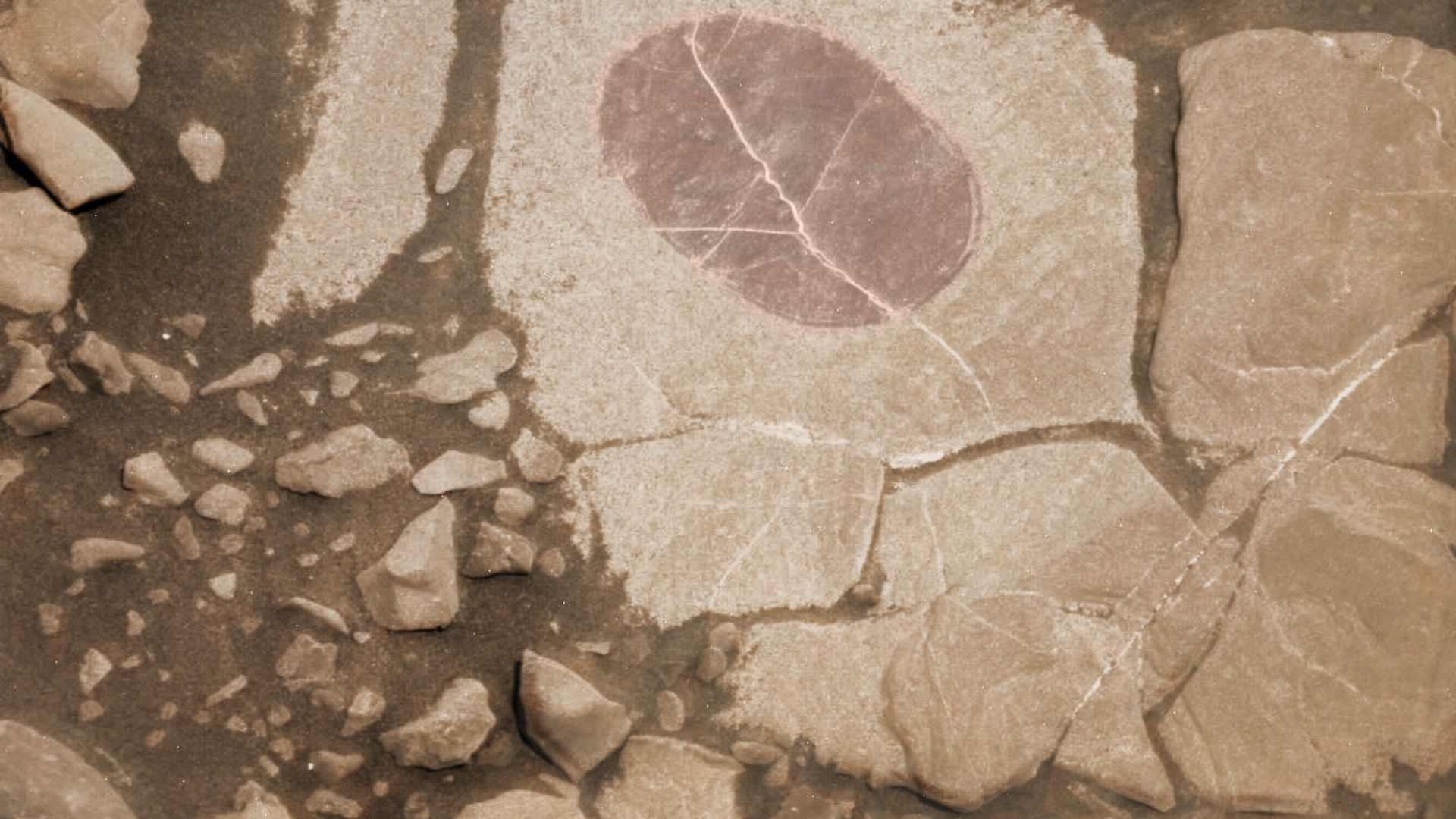 NASA/JPL-Caltech/MSSS, Wikimedia Commons
NASA/JPL-Caltech/MSSS, Wikimedia Commons
Fossil-Like Structures Hidden Inside Sedimentary Rocks
Some sedimentary rock formations resemble stromatolites, layered structures made by microbial life on Earth. While visually intriguing, scientists have not confirmed any biological origin, as these formations could be purely mineralogical. Mount Sharp preserves a record of Mars’s ancient environments, fueling speculation about its habitability.
 Didier Descouens, Wikimedia Commons
Didier Descouens, Wikimedia Commons
Wind-Sculpted Ridges Pointing To Atmospheric Shifts
Yardangs are ridges sculpted by millennia of wind erosion. Some formed in water-deposited sediments, hinting at Mars’s wetter past. Fluvial activity may have influenced their formation before wind became dominant. Today, yardangs act as weathervanes of history to map 100,000 years of ancient Martian storms.
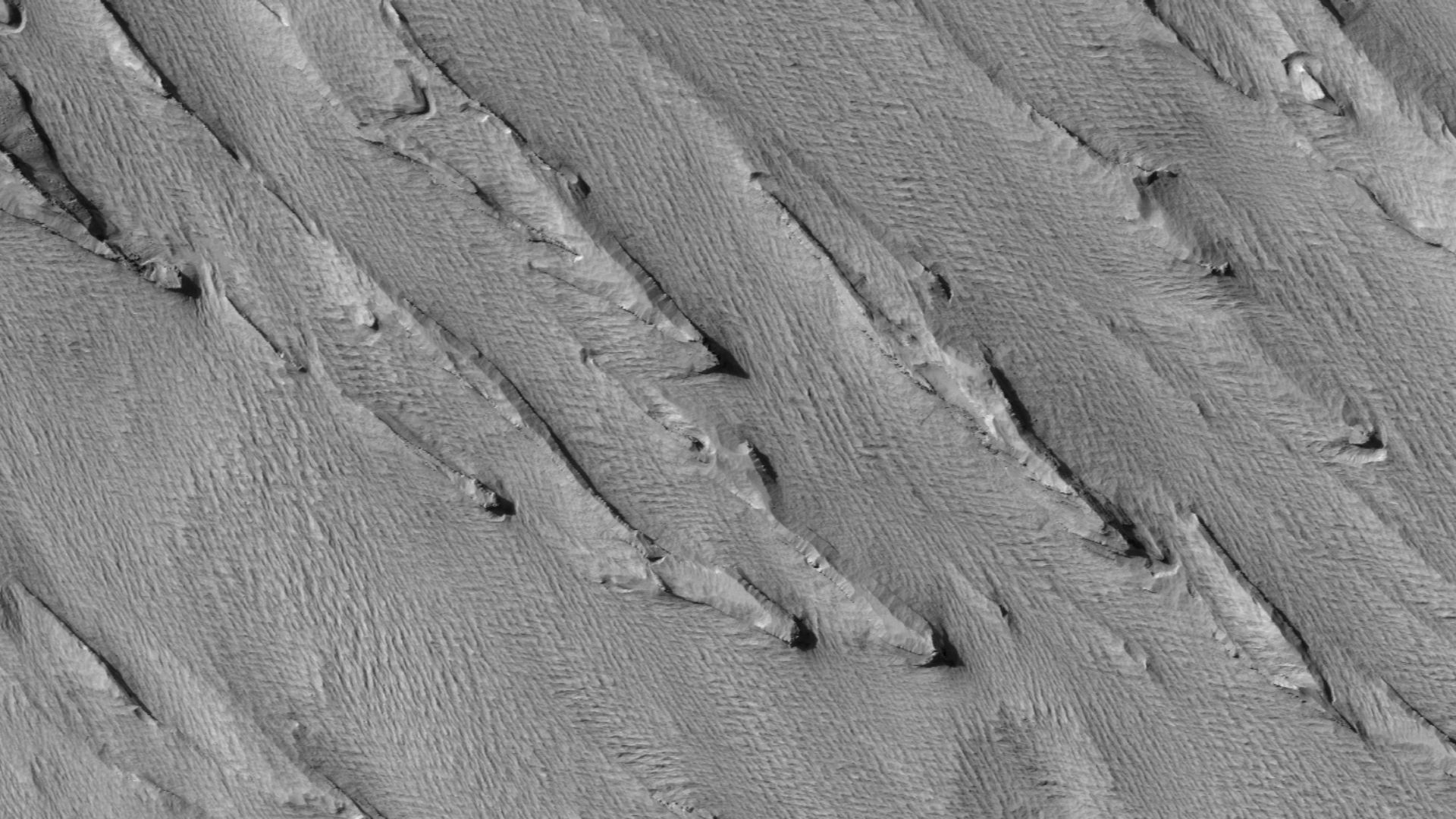 Jim Secosky modified NASA image. NASA/JPL/ University of Arizona, Wikimedia Commons
Jim Secosky modified NASA image. NASA/JPL/ University of Arizona, Wikimedia Commons
Curved Rock Patterns Similar To Glacial Grooves
Grooved bedrock on Mars mirrors glacial scarring found on Earth. These formations suggest ancient ice sheets once dragged across the planet’s surface. The striations resemble grooves from Canada’s Laurentide Ice Sheet, and they point at a major Martian freeze. Evidence from Arabia Terra supports theories of subglacial melting and retreat.
 Jim Secosky modified NASA image. NASA/JPL/University of Arizona/Secosky, Wikimedia Commons
Jim Secosky modified NASA image. NASA/JPL/University of Arizona/Secosky, Wikimedia Commons
Salt Flats Tucked Between Red Rock Hills
White and sparkling, Martian salt flats sit silent across the terrain. Sodium chloride traces confirm repeated water evaporation cycles over time. They behave like Earth’s Bonneville Salt Flats, preserving Mars’s aquatic past. When water retreats, it leaves behind a breadcrumb trail of chemical truth to reveal Mars’s vanished lakes.
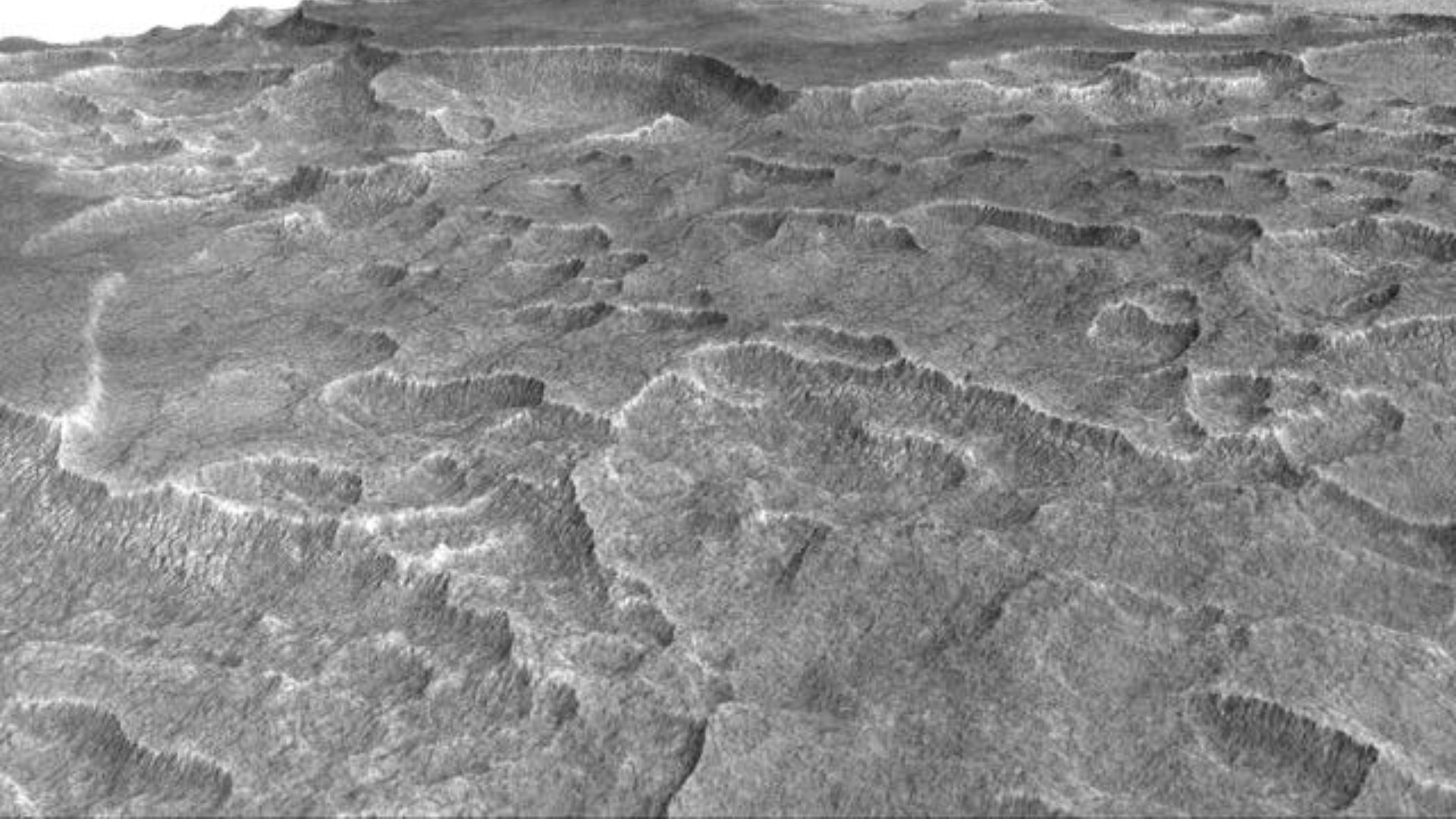 NASA/JPL-Caltech/Univ. of Arizona, Wikimedia Commons
NASA/JPL-Caltech/Univ. of Arizona, Wikimedia Commons
Magnetized Rocks That Retain Ancient Magnetic Fields
While Martian rocks retaining a magnetic field may not directly indicate water, they do connect to Mars’s ancient hydrological history. Research suggests that the southern highlands’s thick crust may have supported subsurface aquifers billions of years ago, sustained by geothermal heat.
Collapsed Lava Tubes Acting As Protective Shelters
Collapsed lava tubes stretch beneath Martian mountains, wide enough to hide a city. These tunnels may have harbored ice or liquid water, shielded from harsh surface conditions. Some interacted with hydrothermal systems, possibly sustaining underground reservoirs. Beyond their volcanic origins, they may have been secret havens for water.
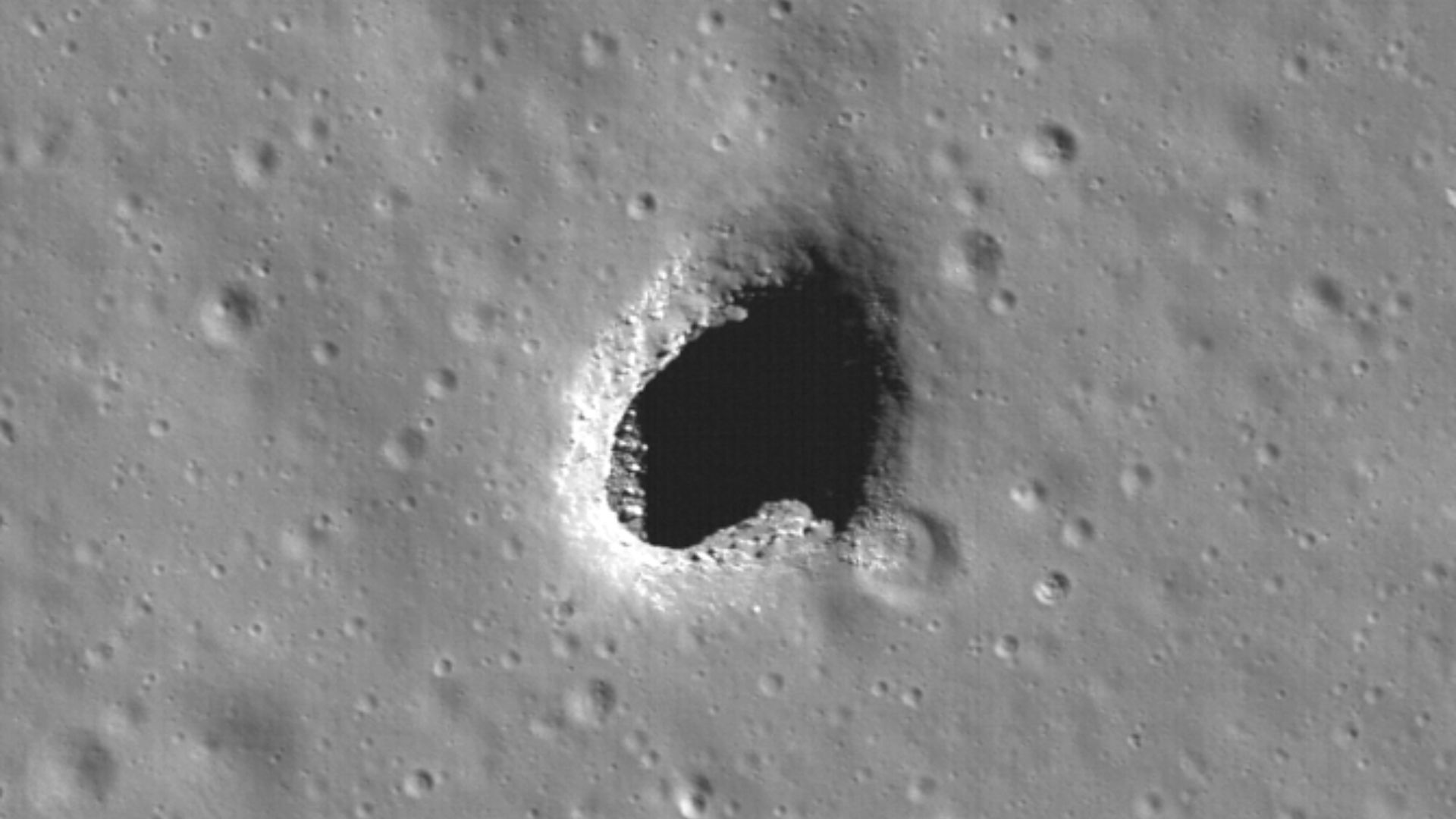 NASA/LROC/ASU, Wikimedia Commons
NASA/LROC/ASU, Wikimedia Commons
Stacked Clay Layers Trapped Beneath Mount Sharp
Peel back Mount Sharp, and you’ll uncover a stratified sandwich of clay-rich deposits. Detected in 2013, these clays hold water-loving minerals that suggest long-term lakes. Layer upon layer, they preserve Martian history like pages in a book. What’s the story? A calm, watery chapter.
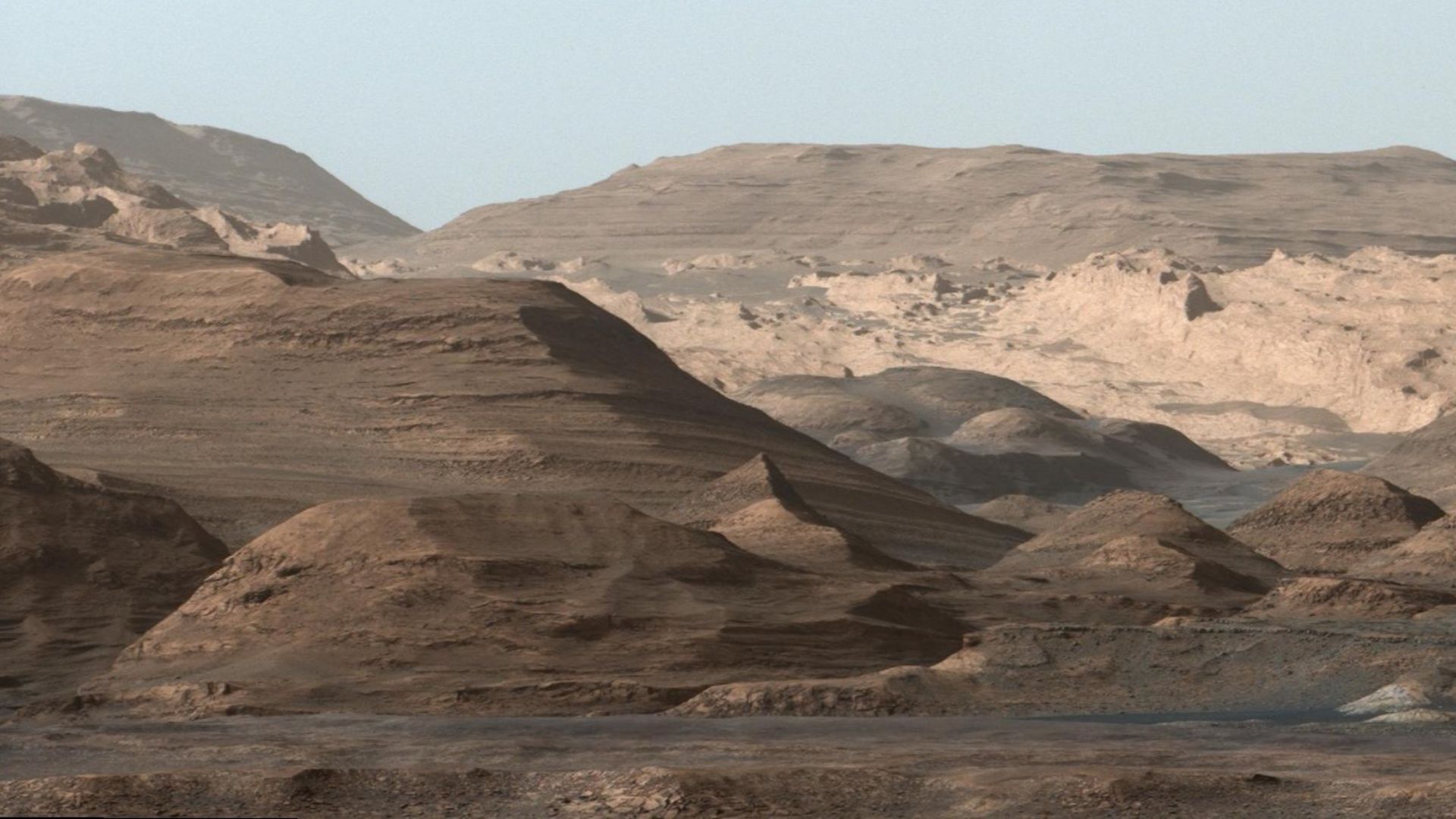 NASA/JPL-Caltech/MSSS, Wikimedia Commons
NASA/JPL-Caltech/MSSS, Wikimedia Commons
Dark Streaks That Appear And Vanish Seasonally
Dark streaks known as Recurring Slope Lineae (RSLs) appear during warm seasons, then fade. They were initially thought to be briny water flows, but research suggests dry granular flows may be responsible. Hydrated salts have been detected, but direct evidence of liquid water remains unconfirmed.
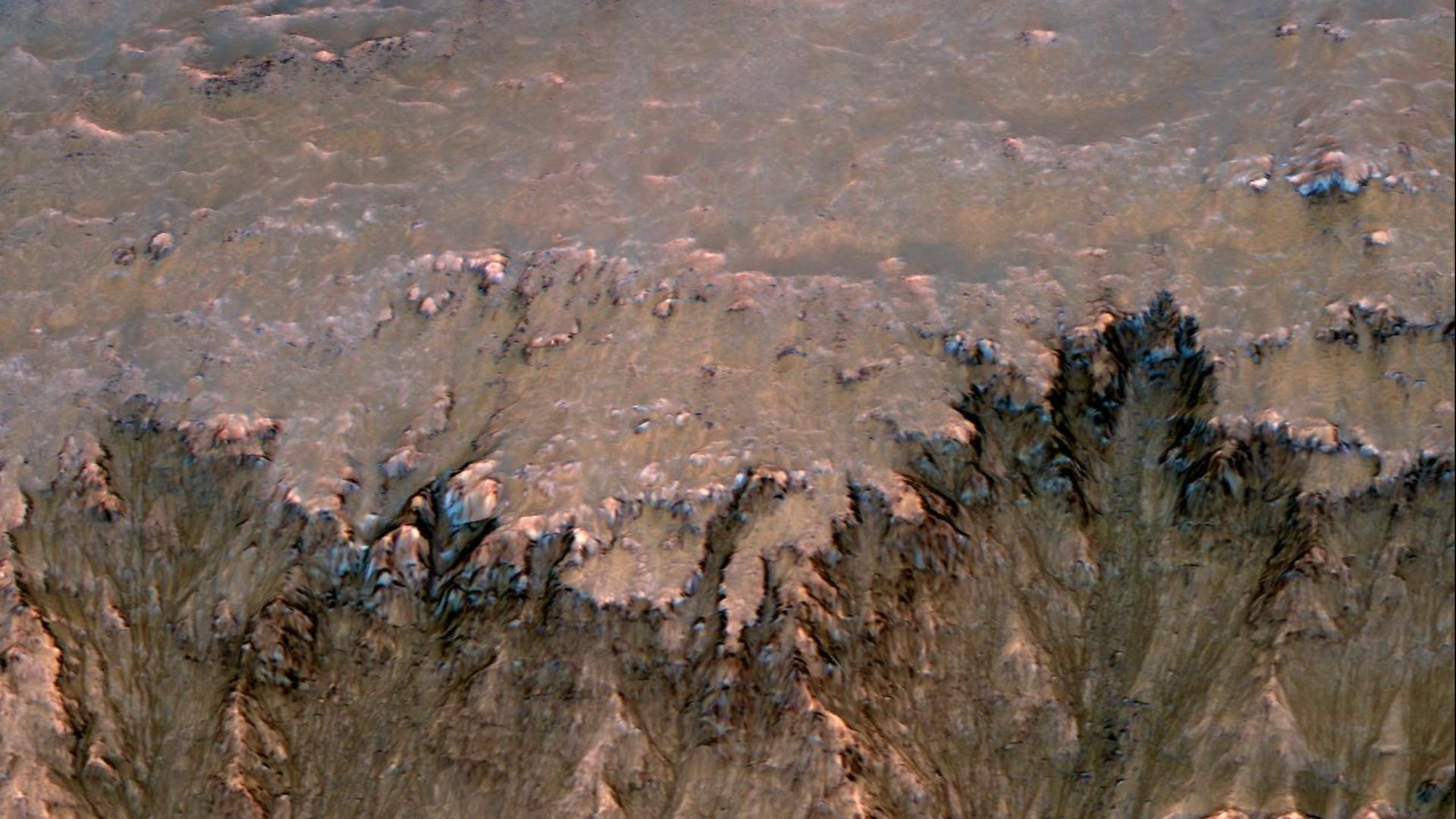 NASA/JPL-Caltech/Univ. of Arizona, Wikimedia Commons
NASA/JPL-Caltech/Univ. of Arizona, Wikimedia Commons
Mountain Flanks Coated In Olivine-Rich Dust
Olivine dust forms during volcanic eruptions and weathers quickly when exposed to water. Mars’s unweathered olivine deposits suggest minimal interaction with liquid water since formation. Some olivine-rich areas contain carbonates, minerals that require water to form, and this suggests past aquatic activity.
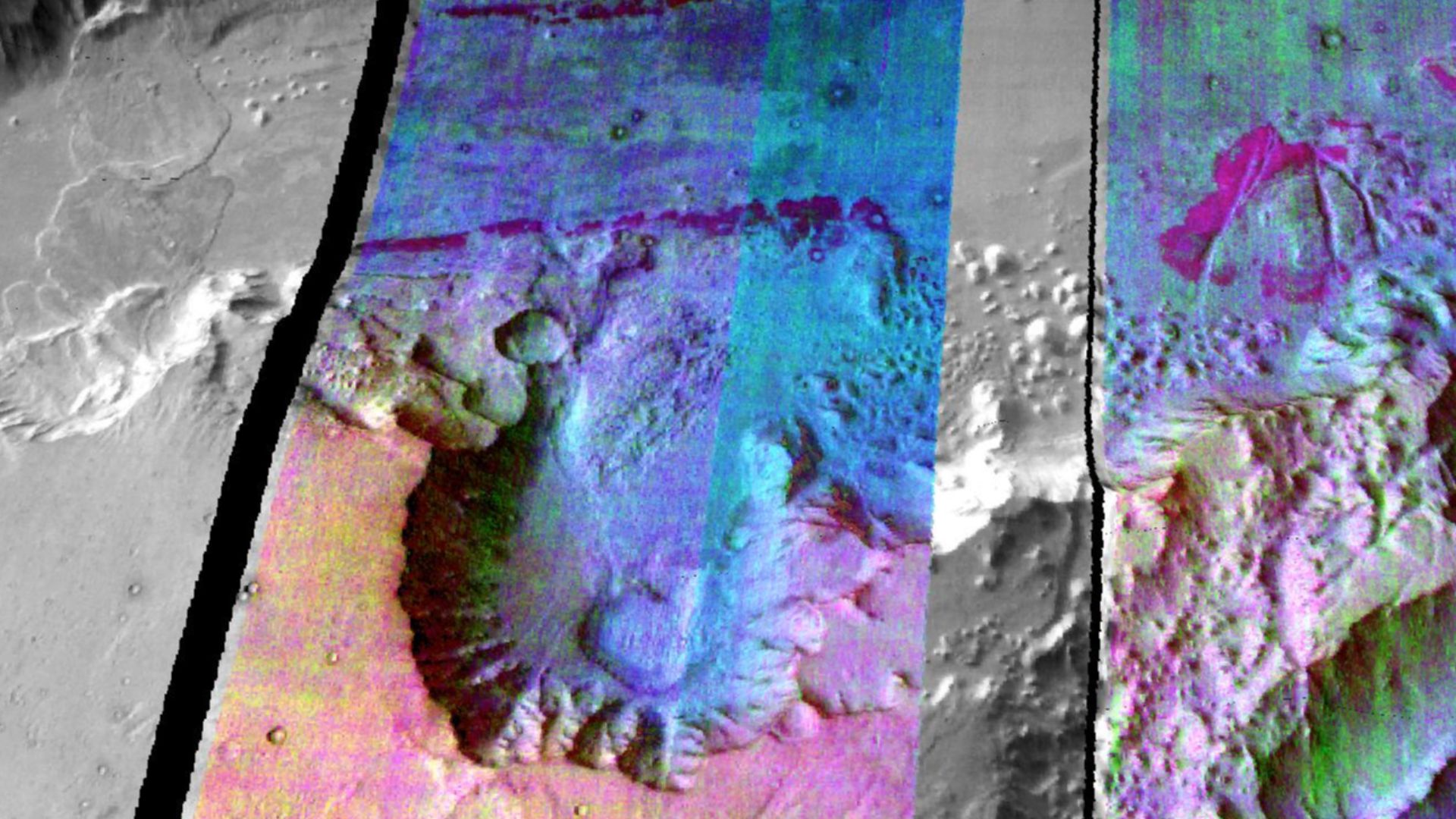 NASA/JPL/Arizona State University, Wikimedia Commons
NASA/JPL/Arizona State University, Wikimedia Commons
Boulder Fields That Appear To Have Rolled Recently
Large boulders dot Martian slopes, and some cast trails behind them as if they’ve just rolled downhill. Scientists spotted these marks in 2018 using orbital cameras. No seismic activity means something else caused the shift. Is it temperature swinging or ice melting? Well, Mars seems to be playing marbles.
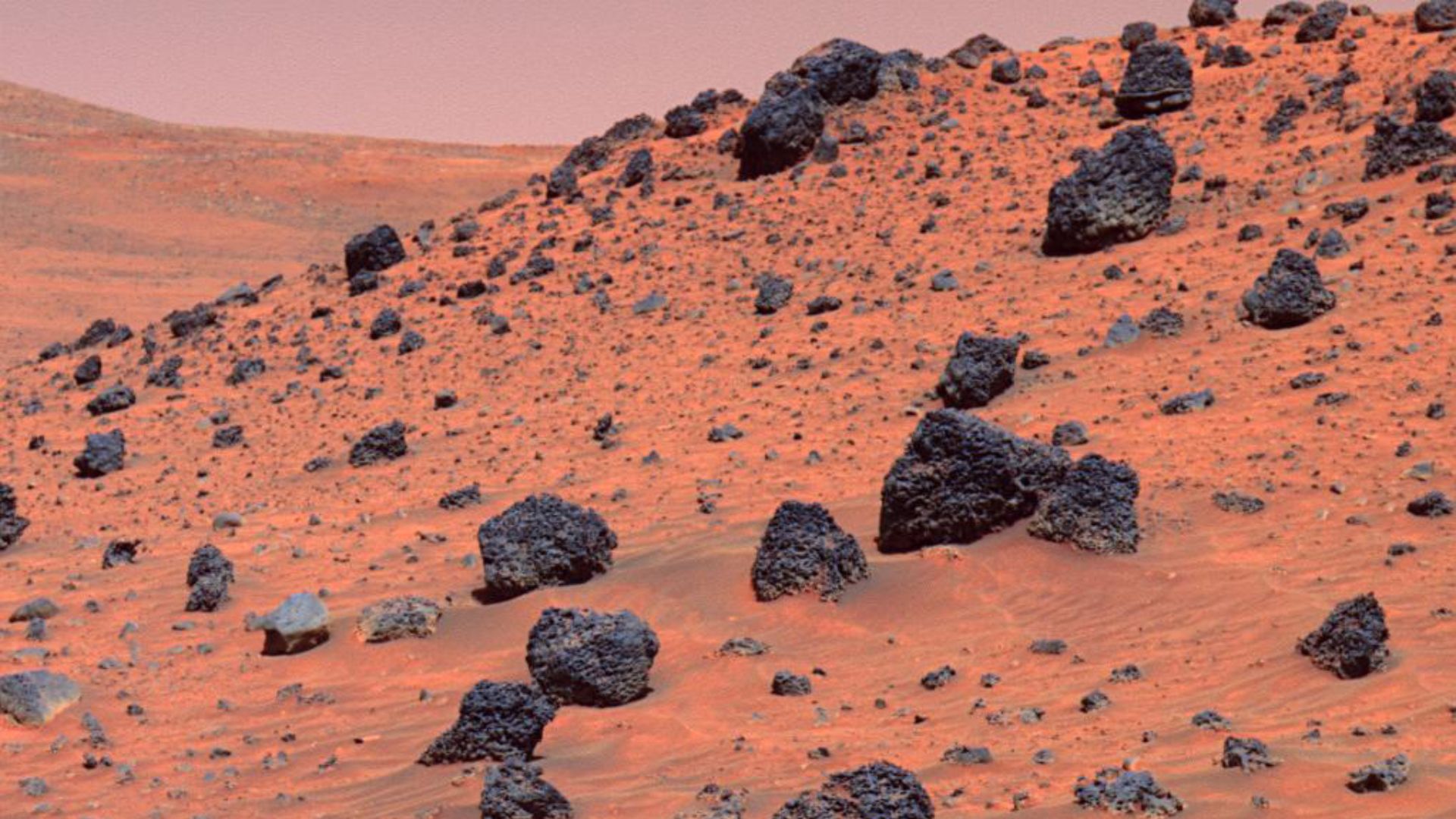 NASA/JPL-Caltech/Cornell/NMMNH, Wikimedia Commons
NASA/JPL-Caltech/Cornell/NMMNH, Wikimedia Commons
Sediment Fans Resembling River Deltas On Earth
Found at the mouths of ancient valleys, fan-shaped sediments sprawl like Martian fingerprints. They mimic Earth’s river deltas, particularly those along the Mississippi. These fans, filled with clay and gravel, mark the entry points of long-lost water. They confirmed that Mars had rivers that slowed down.
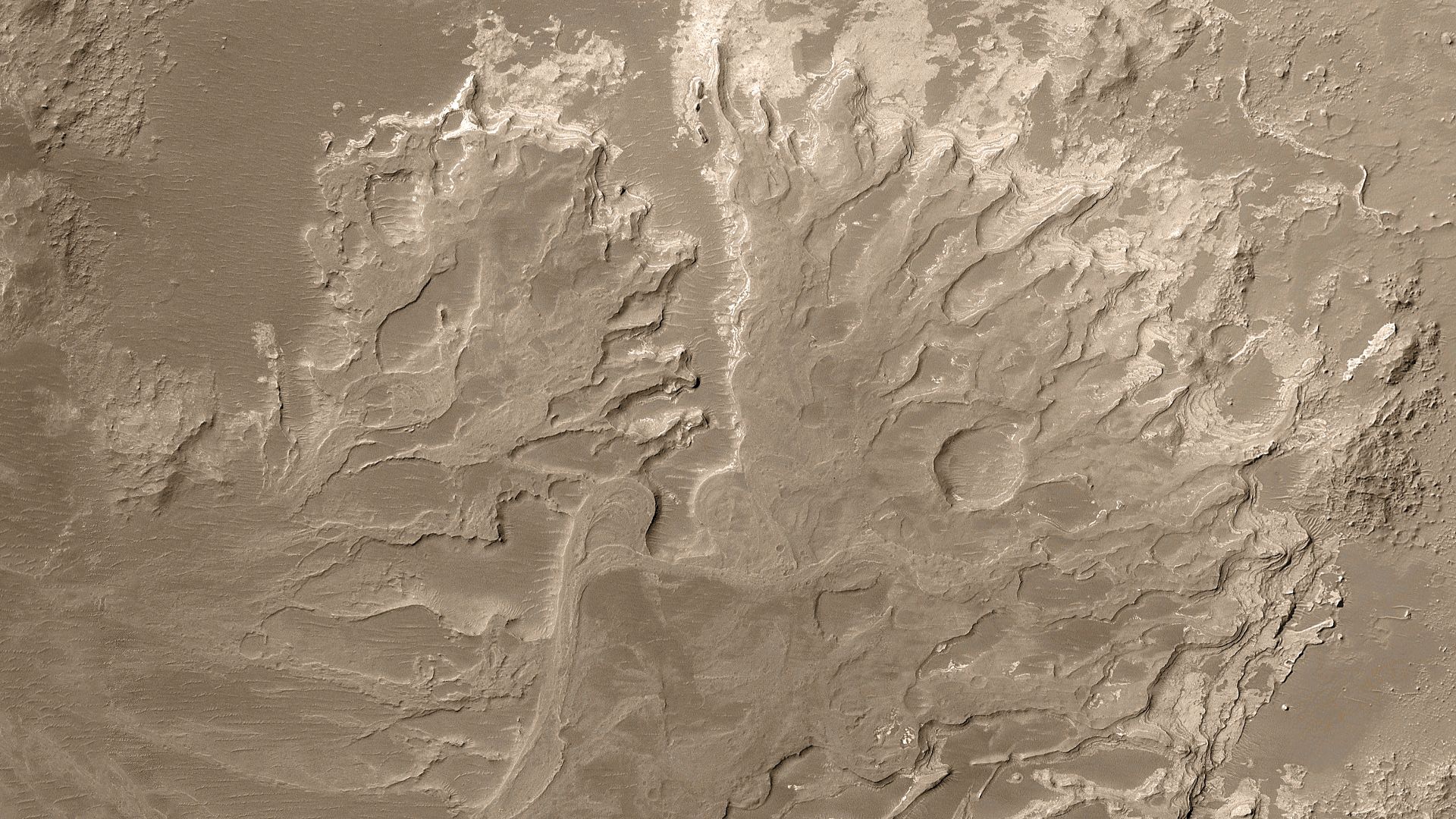 NASA/JPL/Malin Space Science Systems, Wikimedia Commons
NASA/JPL/Malin Space Science Systems, Wikimedia Commons
Eroded Crater Rims That Reveal Inner Layering
Holden Crater’s layered sediments reveal a watery past. It once hosted a lake, fed by Uzboi Vallis, and contains clay that formed in water. A massive flood once surged through, carrying giant boulders. This crater preserves Mars’s hydrological history like pages in a planetary book.
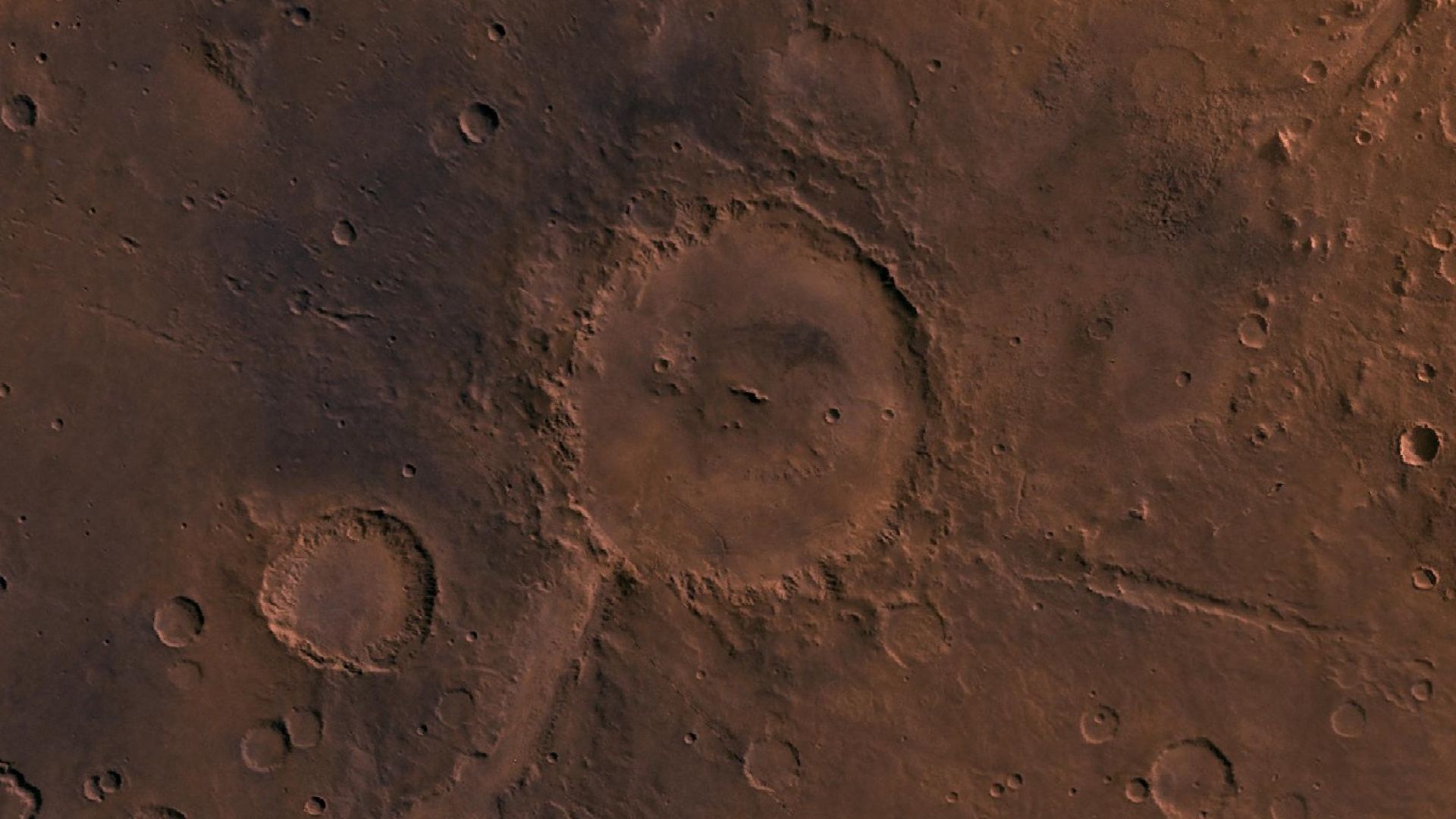 NASA/JPL/USGS, Wikimedia Commons
NASA/JPL/USGS, Wikimedia Commons
Valles Marineris Walls Housing Possible Cave Entrances
Shadowy chasms reveal potential lava tubes or collapsed skylights, still unexplored. Some pits may have sheltered ice or groundwater. Megafloods carved parts of the canyon, and left traces of ancient water flow. These caves could protect microbial life from radiation, and that makes them prime targets for future exploration.
 NASA / JPL-Caltech / USGS, Wikimedia Commons
NASA / JPL-Caltech / USGS, Wikimedia Commons
Tectonic Faults That Crack Across Plateaus
Mars lacks Earth-like plate tectonics but still flexes, forming massive faults across its surface. These breaks suggest underground movement, possibly linked to ancient hydrothermal activity. Some faults near Tharsis may have influenced subsurface water flow and shaped valleys and basins.
 ESA/DLR/FU Berlin, Wikimedia Commons
ESA/DLR/FU Berlin, Wikimedia Commons
Basalt Flows Frozen Mid-Eruption
Elysium Mons’s basalt flows may have played a role in Mars’s hydrological history. Research suggests that volcanic eruptions here could have released huge amounts of water vapor into the atmosphere. If the magma contained even a small percentage of water, these eruptions might have contributed to temporary atmospheric moisture.
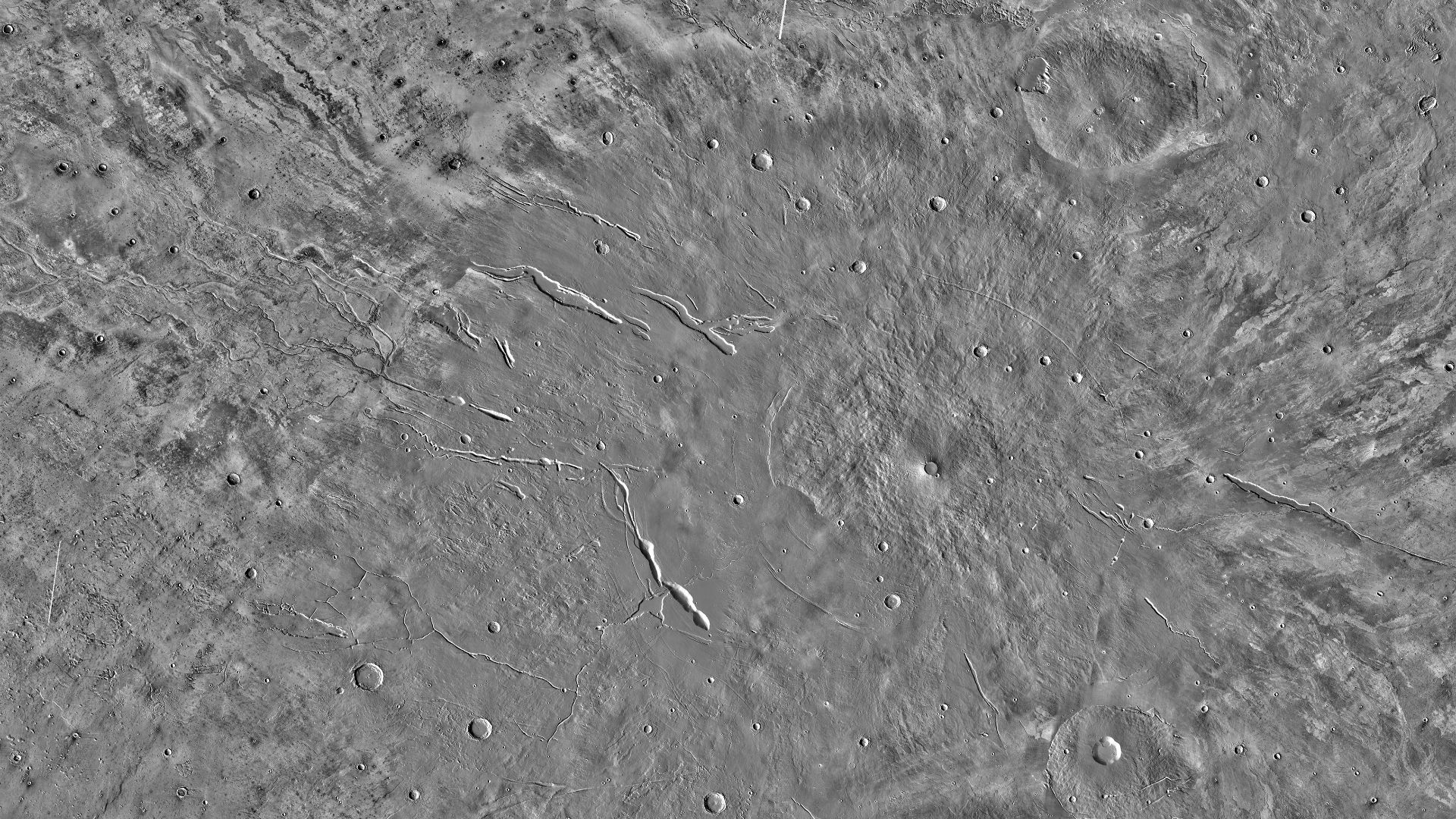 NASA / JPL-Caltech / Arizona State University, Wikimedia Commons
NASA / JPL-Caltech / Arizona State University, Wikimedia Commons
Landslides That Span For Miles
Some landslides in Valles Marineris span 60 miles. These massive collapses may have been triggered by quakes or melting permafrost. Studies suggest subsurface ice or evaporites may have acted as lubricants, speeding up the slides. Evidence of wet debris flows hints that water or ice was present during these events.
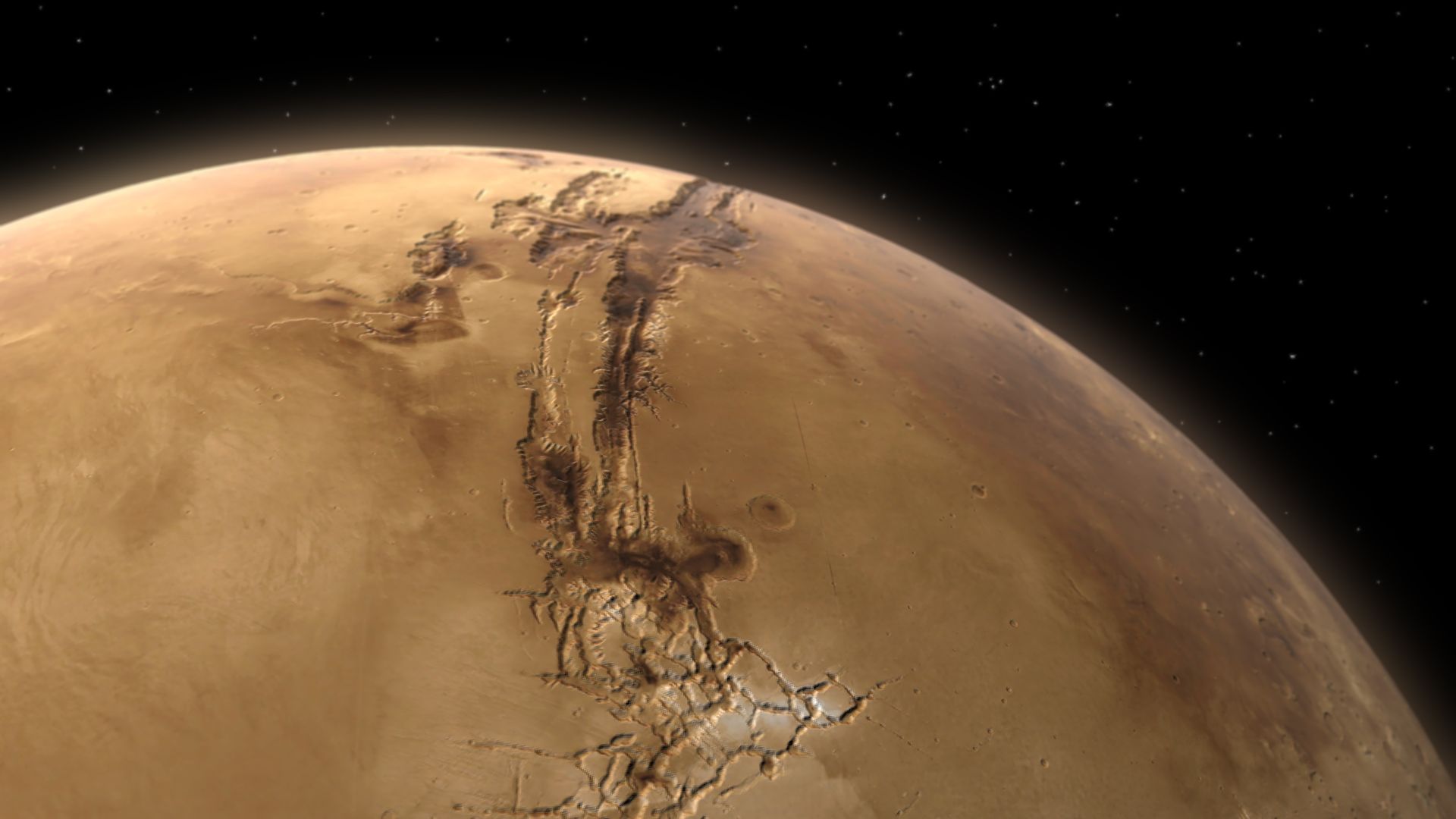 Kevin Gill from Nashua, NH, United States, Wikimedia Commons
Kevin Gill from Nashua, NH, United States, Wikimedia Commons
Cliff Faces That Resemble Layer Cakes
Layer by layer, Martian cliffs resemble birthday cakes made of time. Particularly visible in the Arabia Terra region, these cliffs record wet and dry cycles over millions of years. Some bands glitter with sulfate minerals to indicate water’s repeated comings and goings. Slice it, and every layer shares its secrets.
 Jim Secosky modified NASA image. NASA/JPL/University of Arizona/Secosky, Wikimedia Commons
Jim Secosky modified NASA image. NASA/JPL/University of Arizona/Secosky, Wikimedia Commons
Dried-Up Gullies Lining Crater Edges
Dried gullies snake down Martian terrain like Earth’s alpine gullies. Formed by past water or CO₂ ice flows, pointing at recent geological activity. Some gullies are less than a million years old (young in cosmic terms). CO₂ sublimation—where frozen carbon dioxide turns directly into gas—may have played a significant role.
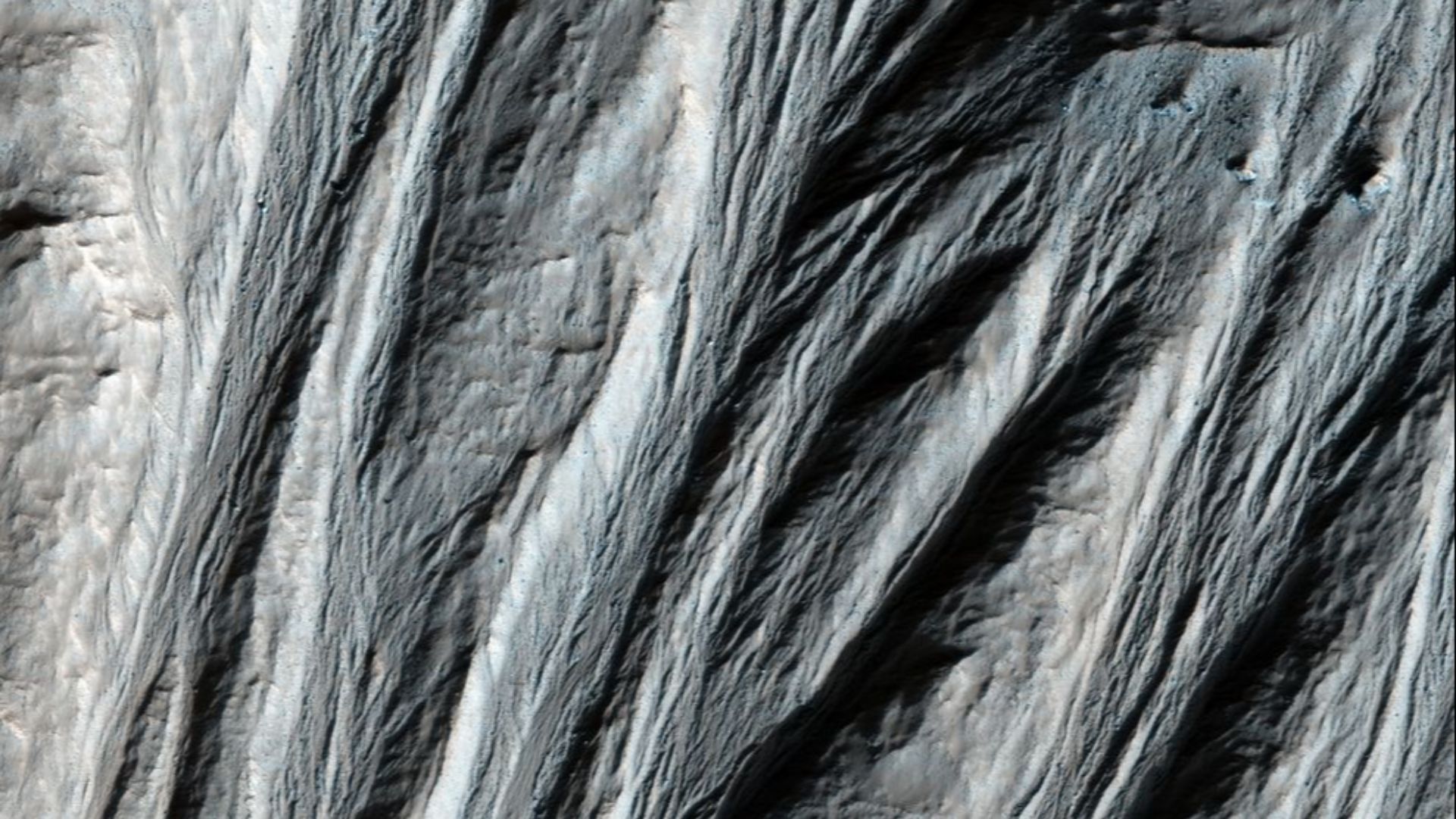 NASA/JPL/UNIVERSITY OF ARIZONA, Wikimedia Commons
NASA/JPL/UNIVERSITY OF ARIZONA, Wikimedia Commons
Massive Mountain Peaks That Rise Above Ancient Lakebeds
Mount Sharp towers above what was once a Martian lakebed. At over 18,000 feet tall, it rises from Gale Crater like a sentinel. The layers at its base record ancient water levels. It’s as if the mountain grew out of thirst—a silent monument to drying dreams and evaporated histories.
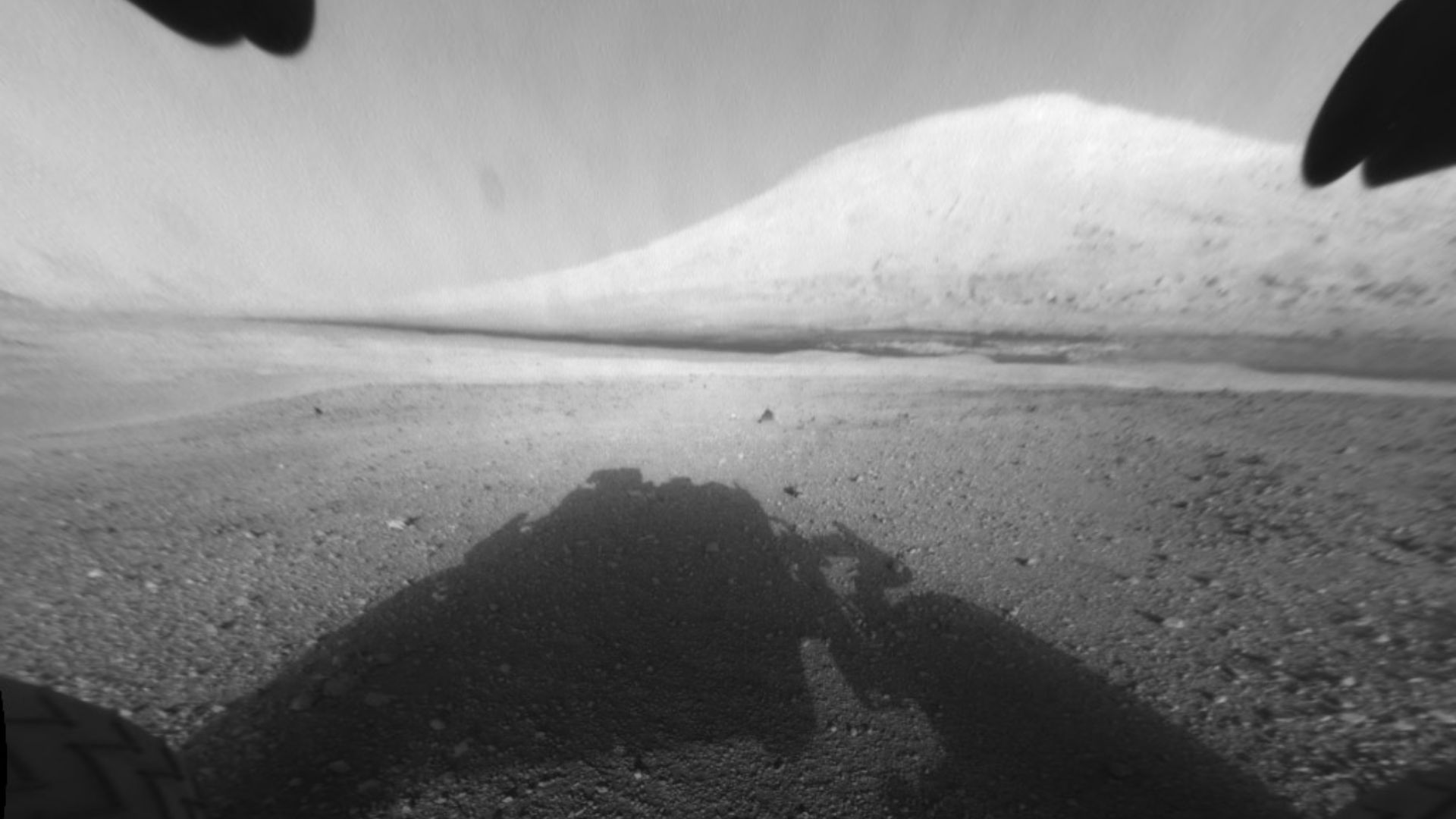 NASA/JPL-Caltech, Wikimedia Commons
NASA/JPL-Caltech, Wikimedia Commons
Color Changes In Dust Layers Over Time
Martian dust changes over time, affecting surface colors through sunlight and oxidation. Spectral imaging shows chemical reactions linked to atmospheric shifts. Dust interacts with water vapor, and this influences cloud formation and climate. These conditions help form water ice clouds, and they actively shape Mars’s thin, ever-changing atmosphere.
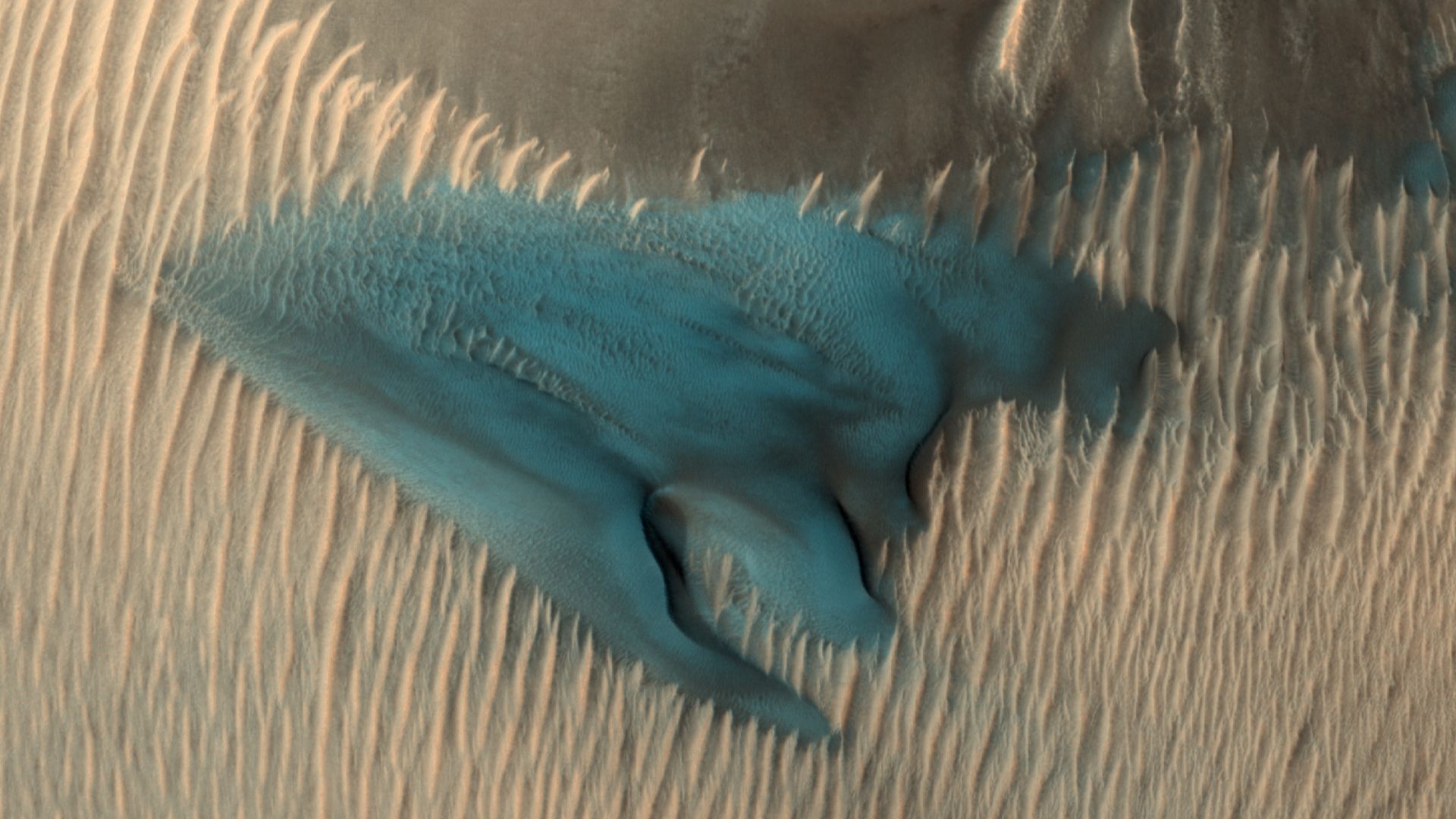 NASA/JPL-Caltech/Univ. of Arizona, Wikimedia Commons
NASA/JPL-Caltech/Univ. of Arizona, Wikimedia Commons

